The best British potatoes to grow for every meal, from roast potatoes and chips to mash and salads
Mark Diacono runs through his go-to list of British potato varieties to grow — and explains how to help them avoid the dreaded potato blight.

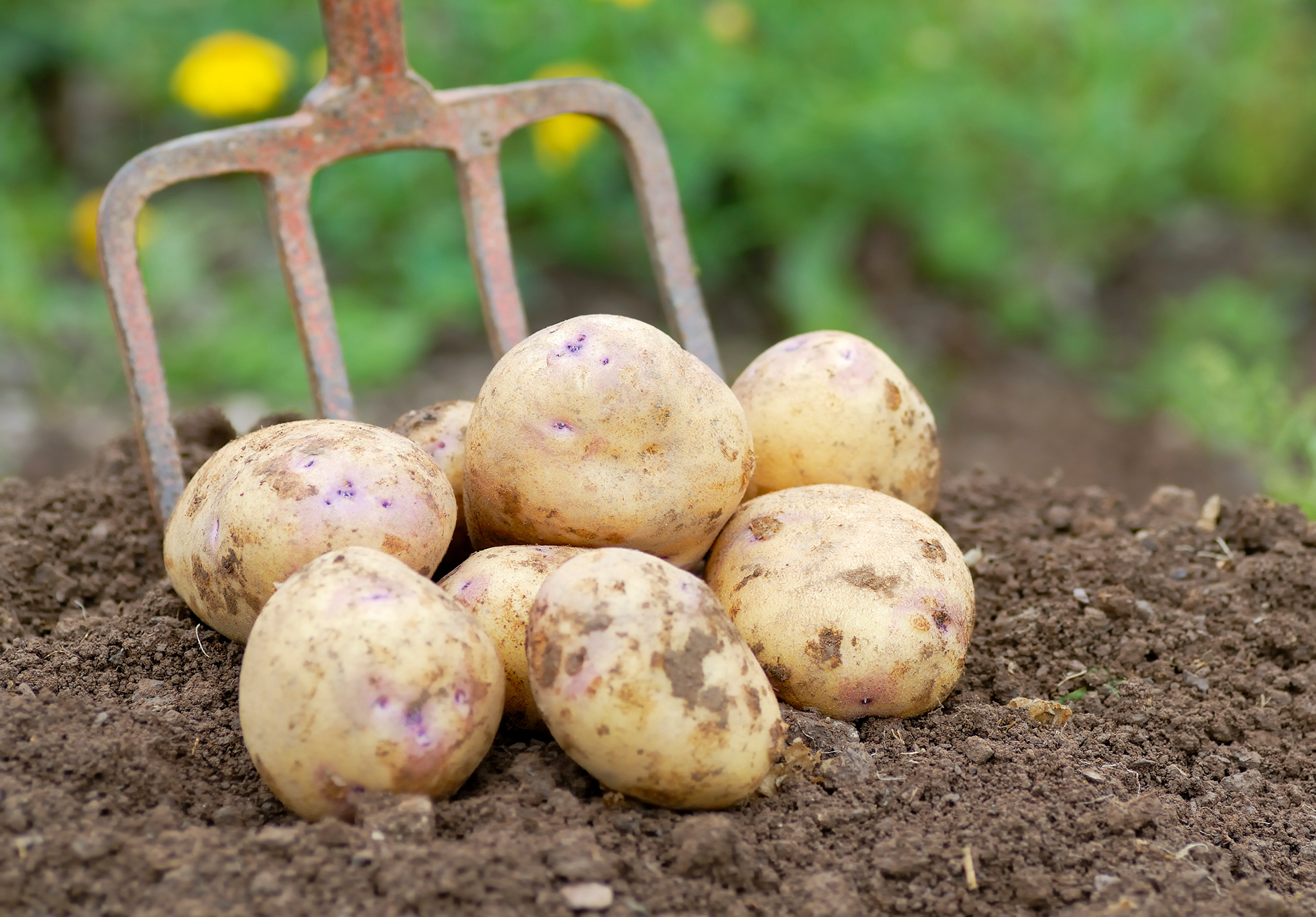
For a few years now, most of the potatoes I’ve grown have been nutty, early, French salad potatoes. I love them, but, delightful as this Continental affair has been, it has rather clouded my memory about the pleasure of potatoes from these islands. This year, my hand may be forced: the twin delights of Brexit and Covid-19 mean that no one knows if, when, or for how much they might be able to import and sell varieties from the EU. Like it or not, it may be only British varieties this year. And I like it.
Looking at the list of varieties is similar to going through a box of old records; so many remind me of years past, before my head was temporarily turned. English, French or whatever, it is my stomach that helps me choose which varieties to grow: I pair them with how I want to eat them.
My weakness for small, waxy early salad potatoes, steamed or boiled, saves me a fortune on expensive, early-season new potatoes, but also makes gardening easier as most are sown, grown, lifted and eaten before any hint of blight; this also frees up space for later crops such as courgettes and squash.
I grow International Kidney every year. It’s grown commercially as Jersey Royal and, although technically an Early Maincrop, most — me included — harvest it as a First Early.
My other First Earlies will be probably Foremost — a delicious English variety with strong common scab resistance — and Rocket, a superb, high-yielding Scottish potato with good all-round disease resistance including common scab. You’ll probably know Char-lotte from the shops and, although I usually go for less common varieties, this Second Early is one that is a real flavour upgrade on those you can buy. It’s high yielding, too. For my other Second Early, I think I’ll go for Anya.
It was bred in Scotland from Desiree and Pink Fir Apple, with much of the flavour and texture of the later, but fewer nobbles. Half boiled, then sliced and pushed around a pan with olive oil, garlic and shallot, it is superb.
I have rediscovered my love for mashed potatoes these past few years and not many make mash as fine as Kestrel. This floury-fleshed, Scottish Second Early variety also has good resist-ance to slugs and its consistency and good looks make it popular for exhibiting. If you can find Salad Blue, it’s another to grow for mash. Floury and delicate in flavour, this Victorian Early Main-crop variety has a wonderful blue flesh and skin and also makes great roast potatoes.
Exquisite houses, the beauty of Nature, and how to get the most from your life, straight to your inbox.
As is Charlotte, King Edward is so much better homegrown than bought and is an Early Maincrop that makes famously good roast potatoes. It’ll have a row next to an old variety for which I have a soft spot: British Queen, which makes equally good roasties. It’s a high-yielding Scottish Second Early that’s ready to lift ahead of King Edward and makes great baked potatoes, too.
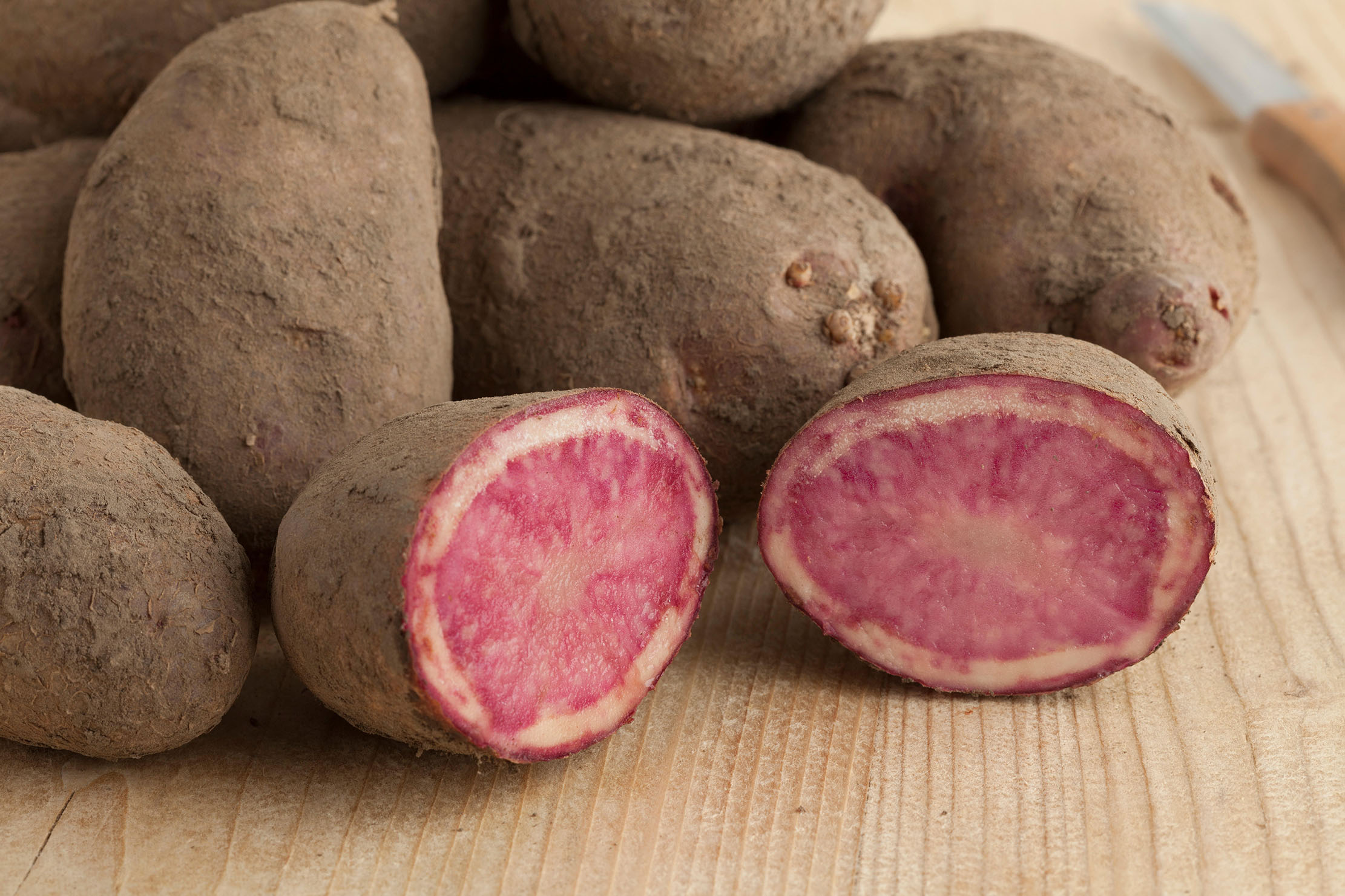
It’s good to have a few all- rounders that turn well to a few kitchen uses. One of the first potatoes I ever grew was Duke of York; I grew the red version the year later and found it similarly delicious. They are varieties that can be lifted early and waxy or left to become larger and flourier, stretching out their season and widening their use from waxy salad to baking, boiling and for frying into chips.
I grow few late potatoes as blight is a familiar tedium here in the rainy South-West, but, if I’m tempted, I might go for Golden Wonder, a Late Maincrop from Scotland that is great for baking, roasting and for chips. Highland Burgundy Red might be the other for chips. This red-fleshed Scottish potato not only has great flavour, it has quite the pedigree, having been chosen to bring appropriate colour to the Duke of Burgundy’s meals at the Savoy Hotel in the 1930s.
Living in Devon with high rainfall, I’ve become familiar with blight and how to minimise its potential impact. I have a few things to suggest, if it troubles you too. Obviously, prioritising early varieties helps as they are harvested before the prime midsummer threat of blight appears. The best fungicide is a good breeze, so bear this in mind when choosing where to grow potatoes.
Blight-resistant varieties, such as Sarpo Mira, really work. If possible, water the ground rather than the plant, as blight spores must land on wet foliage for the plant to be infected.
Even if you do all this, once in a while, blight will strike: immediately remove the foliage and incinerate it, waiting three days to allow the skins to set, then lift them up and, if you spotted it early enough, you may be all right.
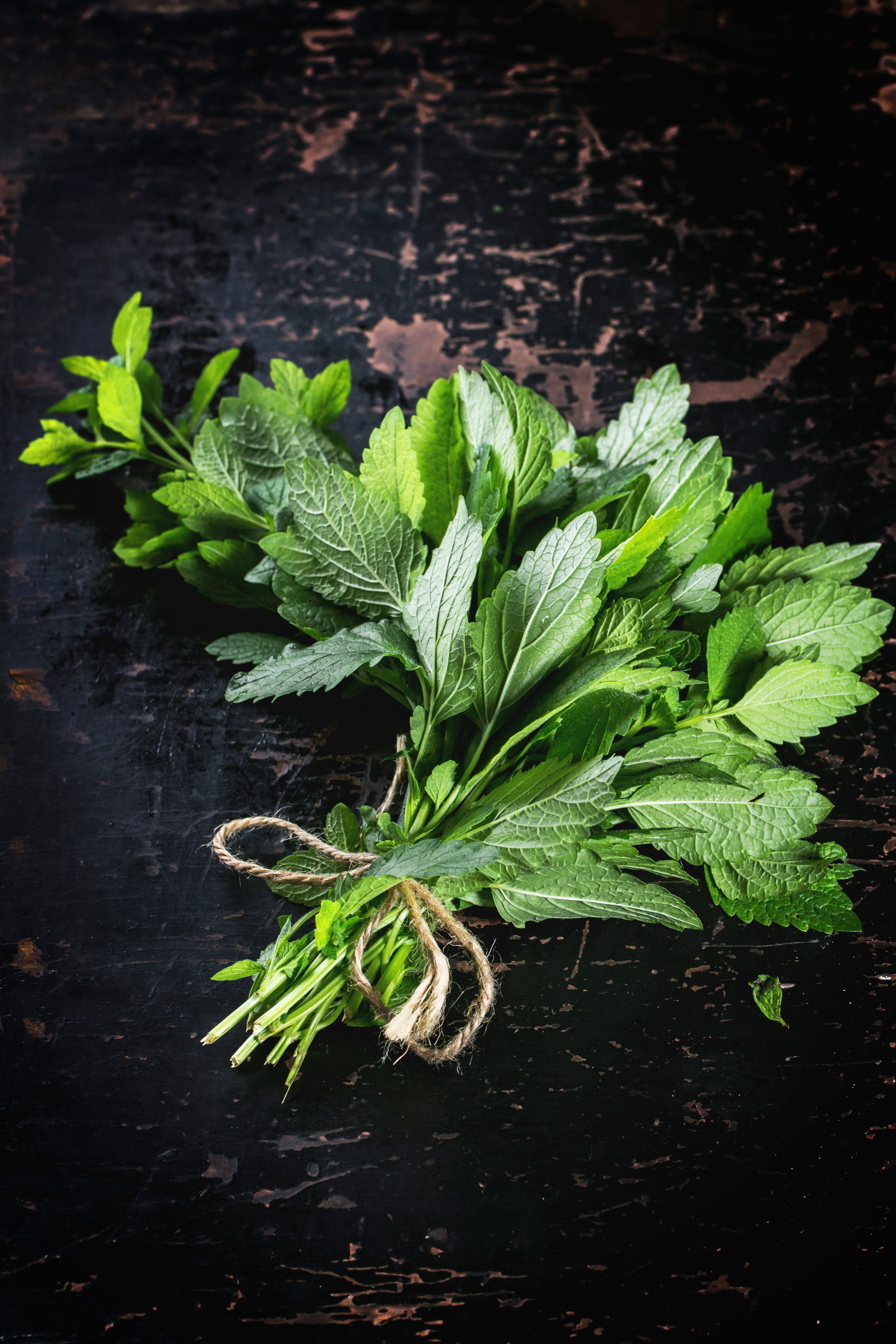
Credit: Alamy
Cultivating mint: What varietals to plant, where to plant them and whether they should be used for jelly or juleps
Mark Diacono explains why mint is for even the incurably incompetent horticultural enthusiast.
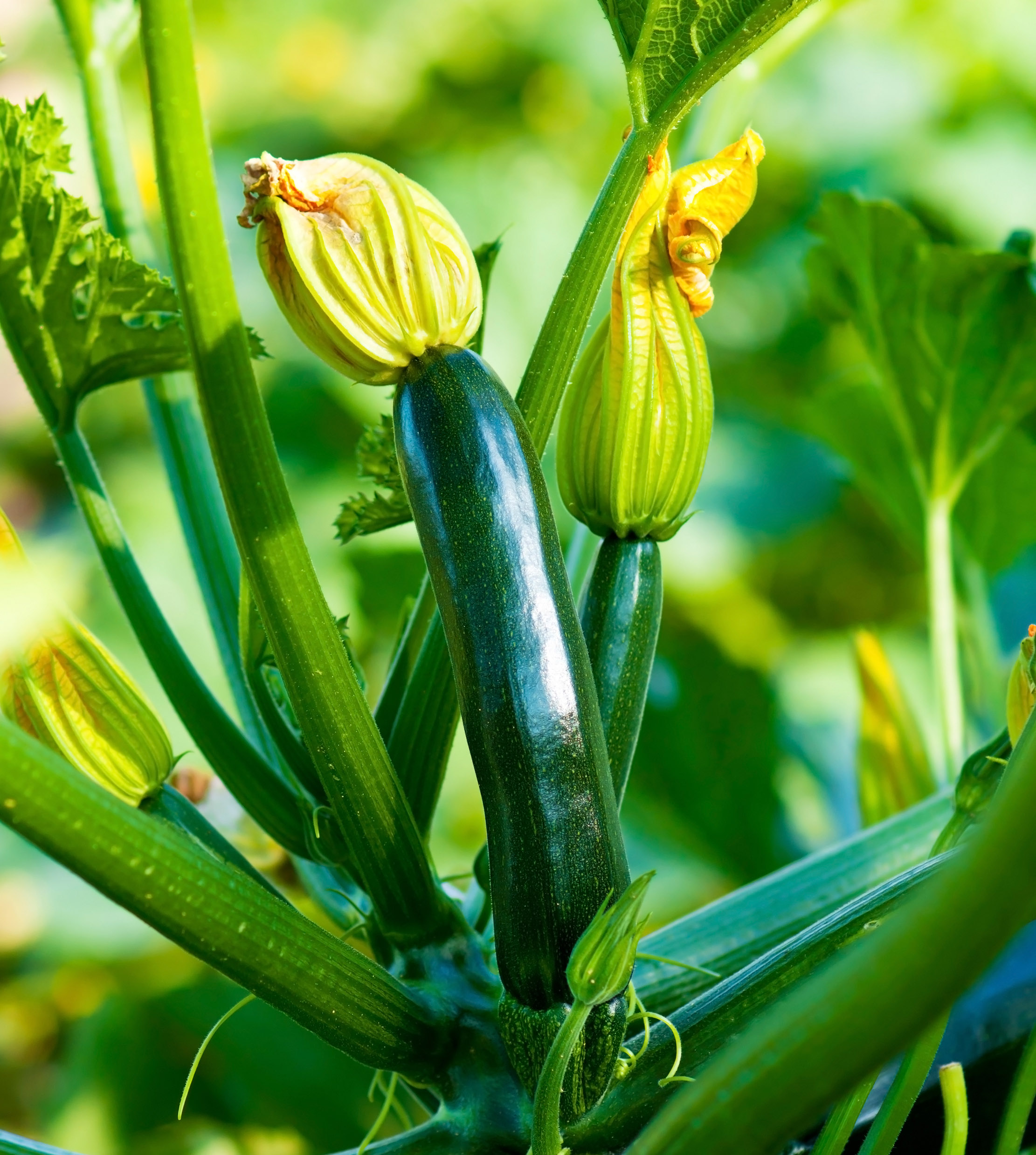
Credit: Getty Images/iStockphoto
Grow your own courgettes: What to plant, when to plant it... and why size really does matter
Mark Diacono shares his tips on the surprisingly simple yet hugely rewarding art of growing courgettes.
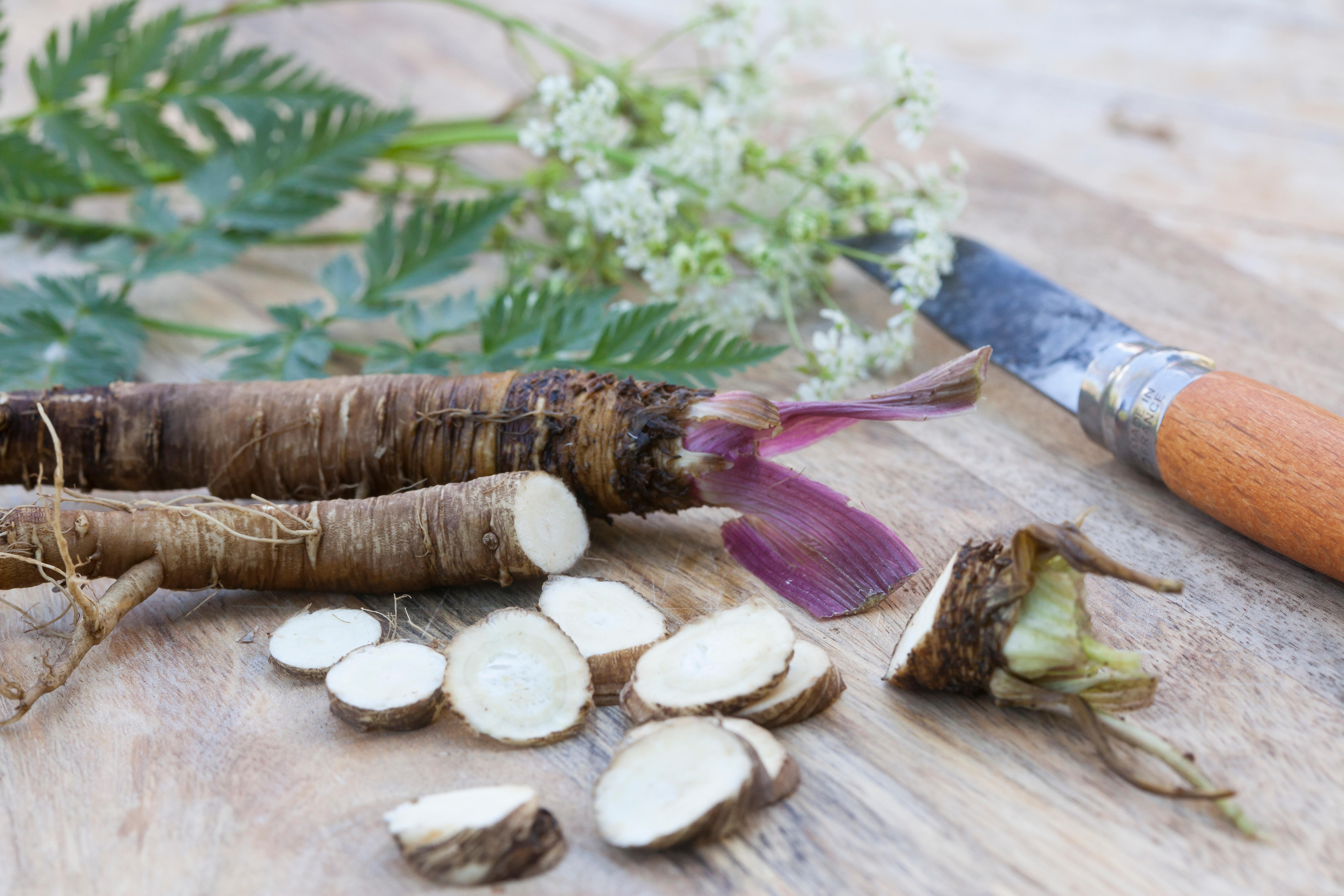
Credit: Alamy
The 'underground treasures' which are like a gardener's game of chicken — hold your nerve, and the pay-off is spectacular
Growing plants specifically to harvest their roots takes faith, patience and nerve, explains Mark Diacono, but it's well worth the
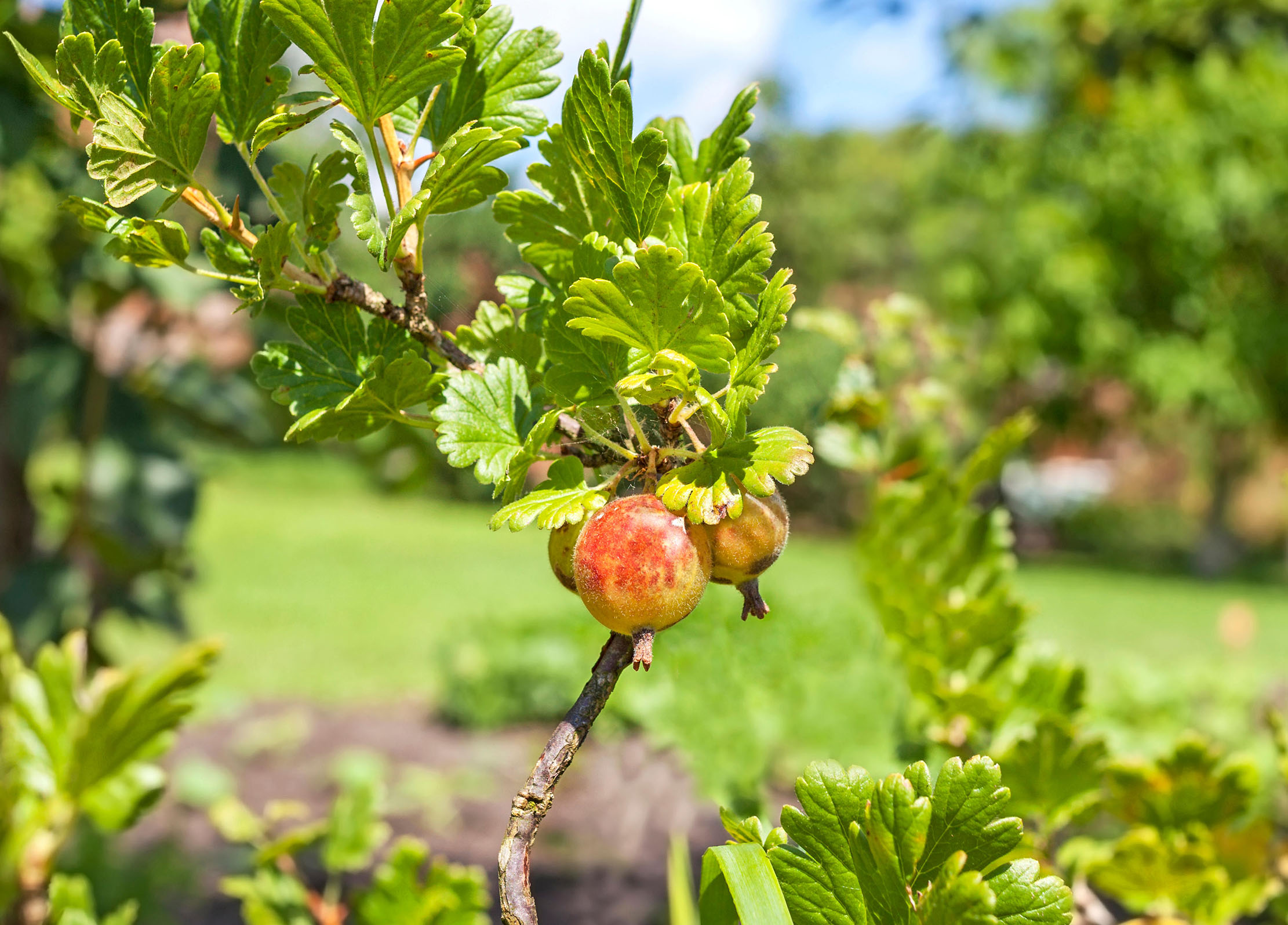
How to grow gooseberries: What to plant, how to look after them, and best ways to enjoy the harvest
Mark Diacono explains everything you need to know about gooseberries, the fruit 'that's really two fruits in one'.
Mark is lucky enough to spend most of his time eating, growing, writing and talking about food. He has written fourteen award-winning books, including A Year at Otter Farm and A Taste of the Unexpected (both won Food Book of the Year, and Garden Book of the Year). Known for growing everything from Szechuan pepper to pecans to Asian pears, Mark's refreshing approach to growing and eating has done much to inspire a new generation to grow some of what they eat. He was involved in the early days of River Cottage, appearing in the TV series, and writing four River Cottage books. Mark writes to a global audience on his best-selling Substack: Mark Diacono’s Abundance.
